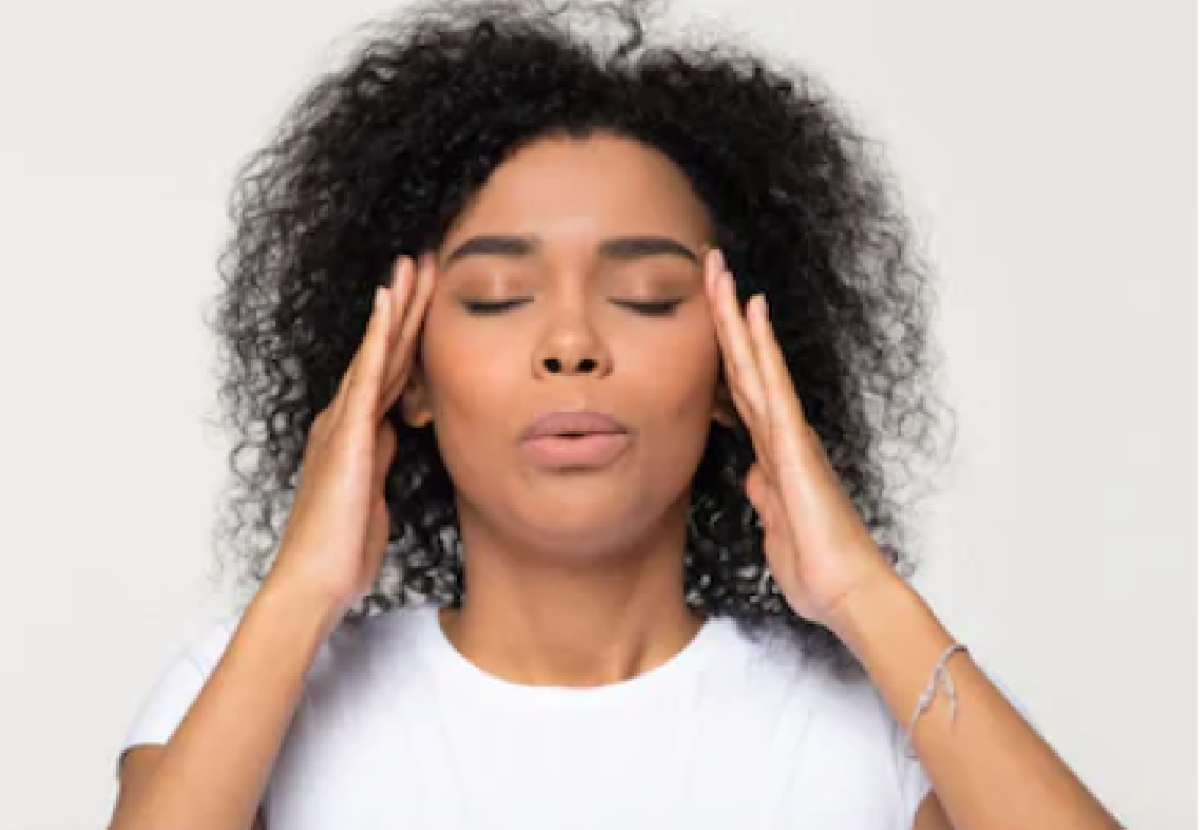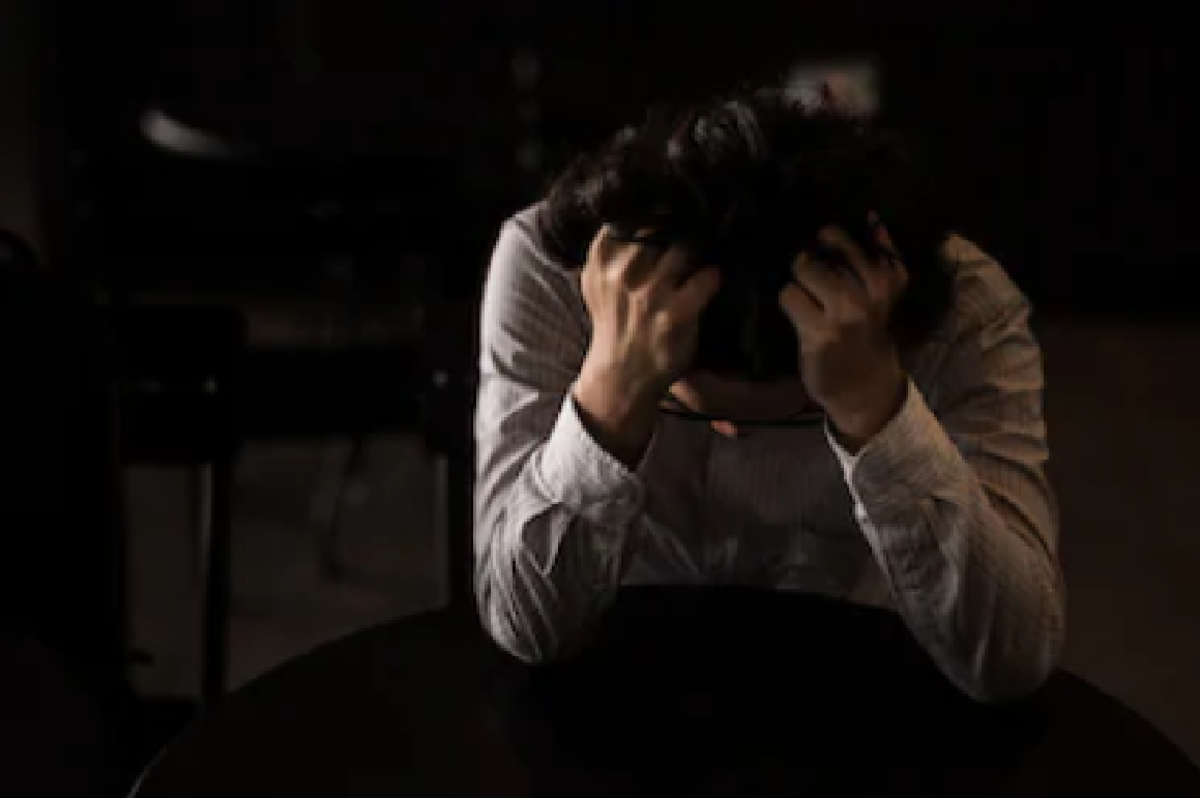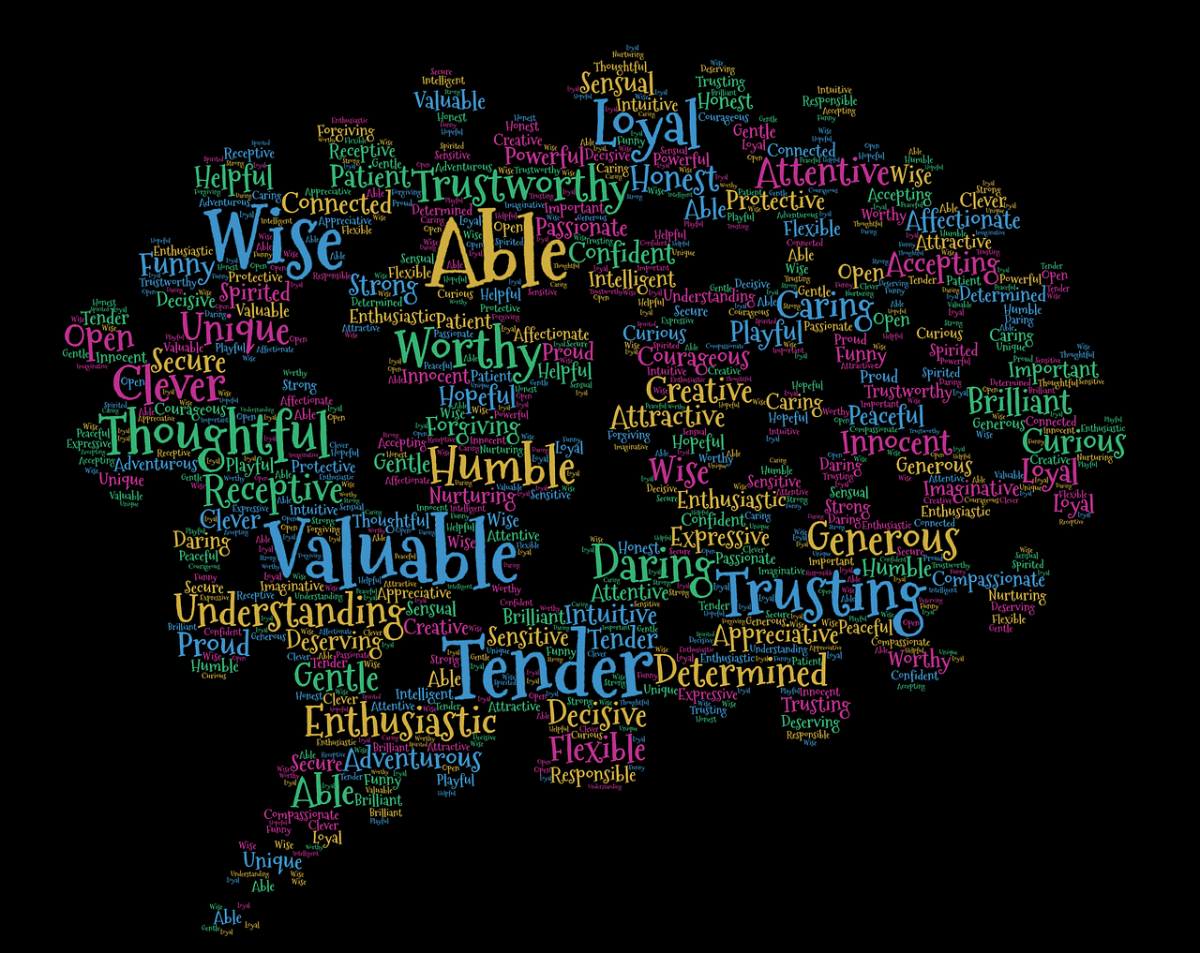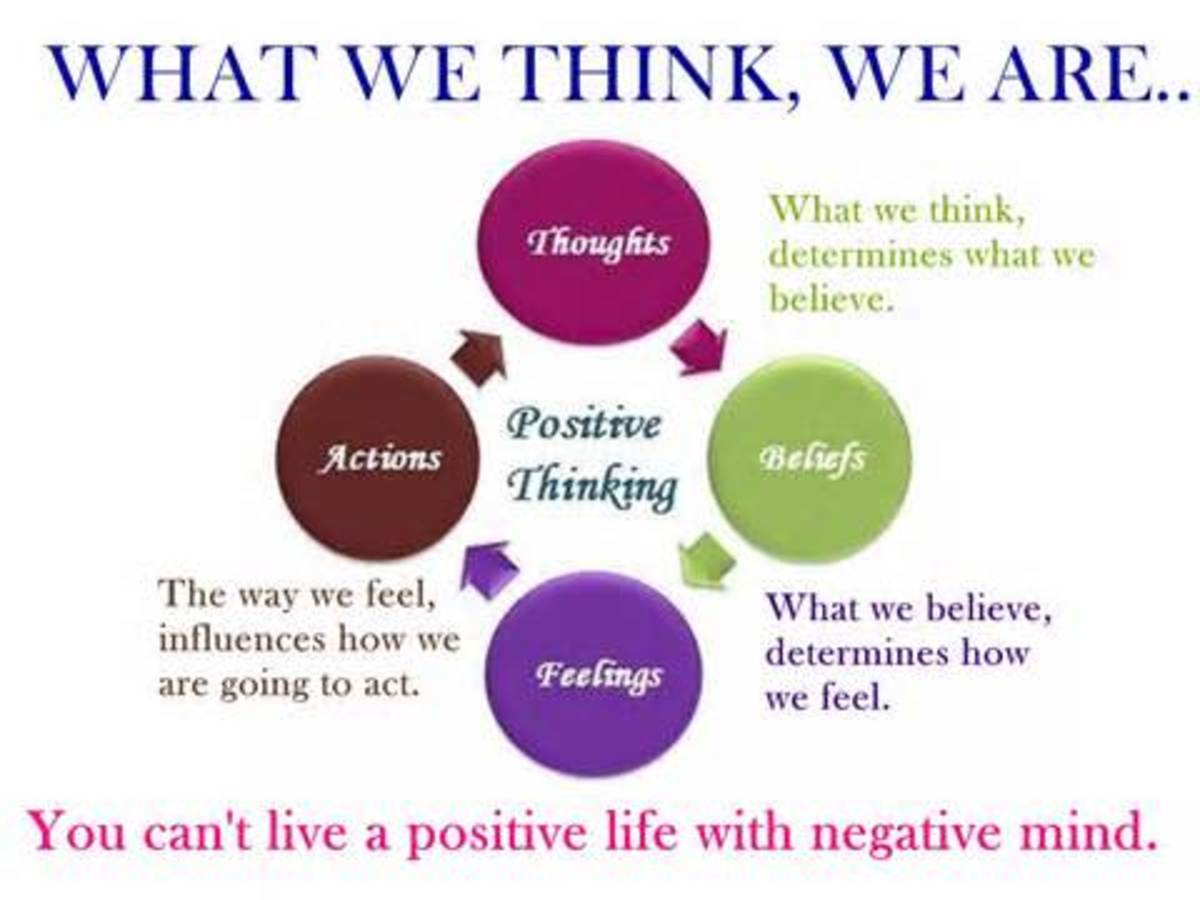- HubPages»
- Health»
- Personal Health Information & Self-Help»
- Mentally & Emotionally Balanced Living
Art Influence on Positive Thinking
Animal Art
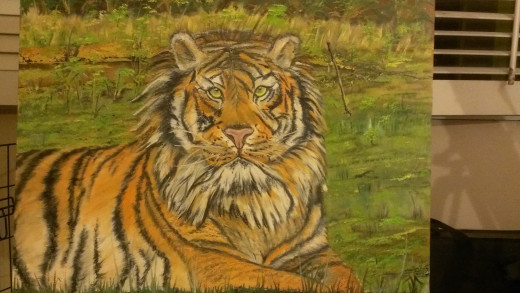
Visual Art Effect on Behavior
- Health Design
Research results about visual art and effects on behavior.
What is Art and Influence on Positive Thinking?
Art is diverse, yet as unique as each individual who performs actions to express an idea through painting, drawing, woodwork, or design. Everything in our surrounding is an expression of art. Someone had to have an idea, then put it into design, and produce the result, whether a dinette set, refrigerator, oil painting, or garden.
The creativity of an individual or passion for a specific genre of art medium triggers dopamine, increasing awareness, a sense of achievement that surpasses negative thoughts or words about 'self'. The process of creating art takes on physical attention alongside mental focus which redirects the neurons to positive electrical signals in the brain.
Art exercises the brain with color blends and separation, design, and interpretation, whether in execution, or appreciation. The more the brain is exercised, memory increases, along with other portions of the brain functions that interact with the rest of the body.
Kat Zambon (2013) indicates in an article, How Engaging In Art Effects The Human Brain, that one of the studies of Christopher Tyler involved observers of Artwork, some as they had fMri imaging, others directly observing in a studio. The result was Embodied cognition, explained by Tyler as "the sense of being drawn in to feel the quality of the painting,"(2014). The observations using the fMri revealed increased activity in certain parts of the brain.
Zambon, (2013) also recalls the explanation of mirror neurons when cells in the brain respond similarly when observing or performing an action.
In the case of the Tiger painting, concentration and focus on details details inspired excitement and positive thoughts.
In a research article Impact of Visual Art on Waiting Behavior In The Emergency Department (Nanda, U., 2011), results indicated nature pictures hung in the emergency room reduced stress, and provoked more positive behavior in patients waiting for treatment.
Visual art is used in therapy, business, schools, and nurseries. Depending on the content, visual art motivates, inspires, calms, excites, and changes moods according to the environment.
How Does Visual Art Effect You?
What do you experience when you view the painting of the Tiger?
Neuron
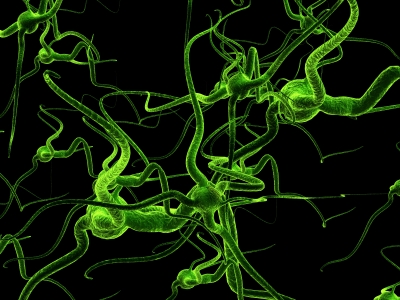
Synapse

Artistic Creativity and the Brain
- Artistic Creativity and the Brain
This article in the Science Journal provides information about the neurological aspects of Art and the Human brain.
Health Benefits of Positive Thinking
Engaging in an art medium helps as a distraction from daily events, negative thoughts and emotions. At this point, the chemistry sets the stage for positive affirmations to take hold and replace any negativity. Not only are negative thoughts, beliefs or behavior improved, but an individual may also experience positive health changes.
According to the Mayo Clinic (2014), continuous studies show a possible link between positive thinking and health. Some of the benefits the Mayo Clinic listed are;
•Longer life
•Less depression
•Less stress
•better immunity to germs
•Improved physical and thought processes
•Less risk of heart problems
•Increased ability to avoid stress and stay calm through difficult times
Stress causes negative reactions in the body and brain that contribute to lack of luster, the ability to overcome the stressor. The Mayo Clinic team indicates "people who think positive seem to live longer, healthier lives, maintain better eating habits, and exercise regularly"(2014).
-------------------------------------------------------
According to Anna Reyner, "Art encourages cognition, critical thinking, and learning" (2008). Beginning with children, arts coupled with academics helps students focus, and retain information. Reyner also adds that results of some studies or research have shown arts increase cognitive and social development, along with critical thinking skills, and motivation.
Similar to music, Art is an experience that triggers a sense of pleasure, or reward, and can contribute to dopamine release, quelling stress. The process allows the individual to relax, socialize, and gain skills that couple thought processes with physical tasks.
"Art develops expressive and reflective skills that enhance writing, promotes print awareness, spatial relation skills, visual literacy, and verbal creativity"(Reyner, A., 2008). Another point is "Young children can work with simple collage materials and beads to introduce numbers, positive and negative space, classification, and sequencing and pattern recognition"(Reyner, A., 2008).
Based on Reyners statements, and results of studies show that children, and adults both can use art to develop new mental and physical skills, while relieving stress through expression. Art sparks motivation, inspiration, satisfaction, and brings health benefits too.
Health and Positive Thinking
Your Input is Valuable
Which do you experience while observing or engaging in Art?
Art and Expression
Art is also a very strong way for individuals to express what he or she is feeling, or thinking. Art is a help to people with Autism in that it provides a release of inner emotions, but also helps the individual to express what he or she normally has a difficult time with.
Anyone can play with mediums such as oil, Acrylic, pencil, or chalk/charcoal using various colors and applications to create a piece of art, and unique style. Art doesn't have to contain a certain set of lines, shades or colors, and may have no particular shape at all. Splashes of color can mean something more than an articulate building with fine lines and shadows, and might even create a wonderland of play for the artist, enhancing enlightenment or happiness. It definitely is a good way to let off steam, re-create something in memory, or create something entirely new. Art, and expression just go together.
Charcoal Medium

Art Supplies
Summary
Art engages brain activity, whether as an observer, or artist developing the work. The activity is beneficial in two ways, relaxation, or excitement. Relaxation relieves tension, stress, and allows the brain chemistry to calm and adjust causing better thought processes. Excitement triggers creativity, and positive emotions that also adjust brain chemistry and neural activity. Results become evident with positive thoughts, less stress, better moods, visual/audio stimulation, while motivating the intellectual side of the brain to activate. Thoughts become more focused, muscles relax from dopamine reaction, the body reacts to positive effects, tendencies rise to maintain better diet and exercise, and improved health is possible.
If you think about it, visual art is all around us in daily living whether at home office, doctor, grocery store. The list is practically never ending! It makes sense to take the time to observe visual art, or engage in drawing, painting, beadwork, woodwork, or some other type of media and experience almost automatic therapy. The contribution to positive thinking is worth the time, and think of the benefits!
Art Effects
Mood
| Behavior
| Health
|
|---|---|---|
Uplifting
| Improves Cognitive Control
| Less Stress
|
Calming
| Motivational
| Longer Life
|
References
Lyer, Shriekanth, (2011), Good Health through Positive Thoughts. Retrieved December 9, 2014 from https://www.youtube.com/watch?v=4zgMezqUT1M
Mayo Clinic, (2011). Identifying Negative Thinking. Retrieved December 10, 2014 from http://www.mayoclinic.org/healthy-living/stress-management/in-depth/positive-thinking/art-20043950?pg=2
Reyner, A.,(2008). Art Influences Learning. Early Childhood News. Retrieved December 7, 2014 from http://www.earlychildhoodnews.com/earlychildhood/article_view.aspx?ArticleID=509
Zambon, K.,(2013). How Engaging In Art Effects The Human Brain. AAAS Advancing Science SErving Society. Retrieved December 7, 2014 from http://www.aaas.org/news/how-engaging-art-affects-human-brain
Related reading material:
Althouse, R., Johnson, M., Mitchell, S., (2003). The colors of learning: Integrating the visual arts into the early childhood curriculum. New York: Teachers College Press.
Belden, A. & Fessard, O. (October 2001). Children and the arts. Georgia Family.
© 2014 Marilyn


